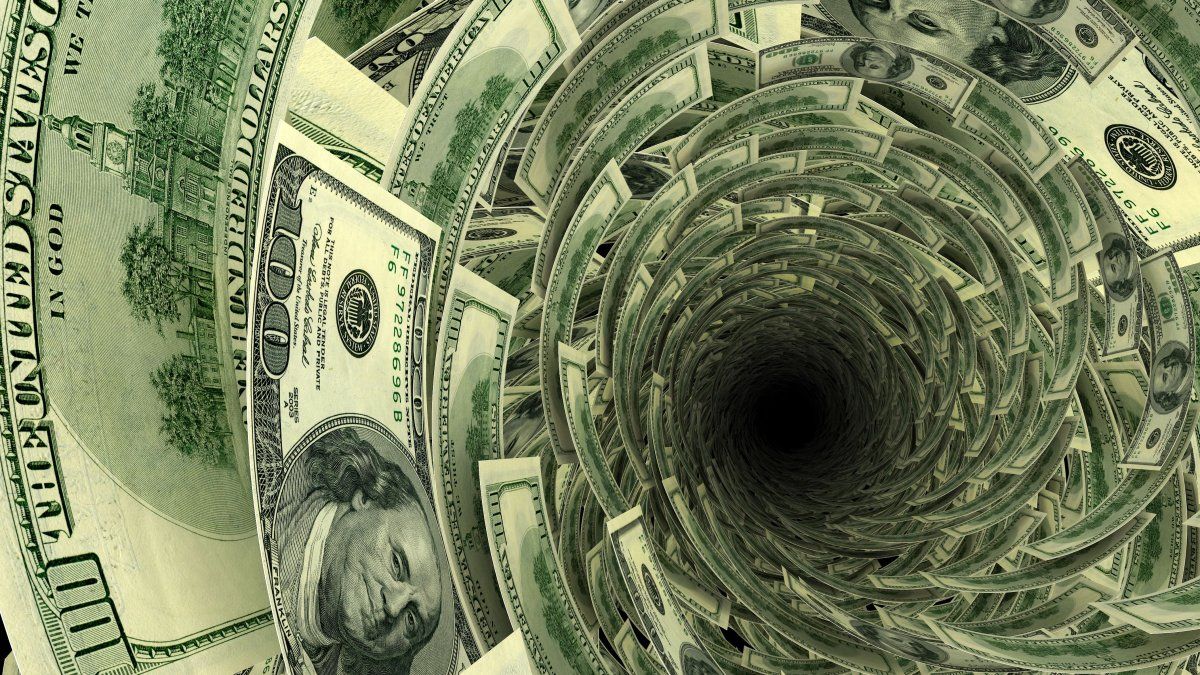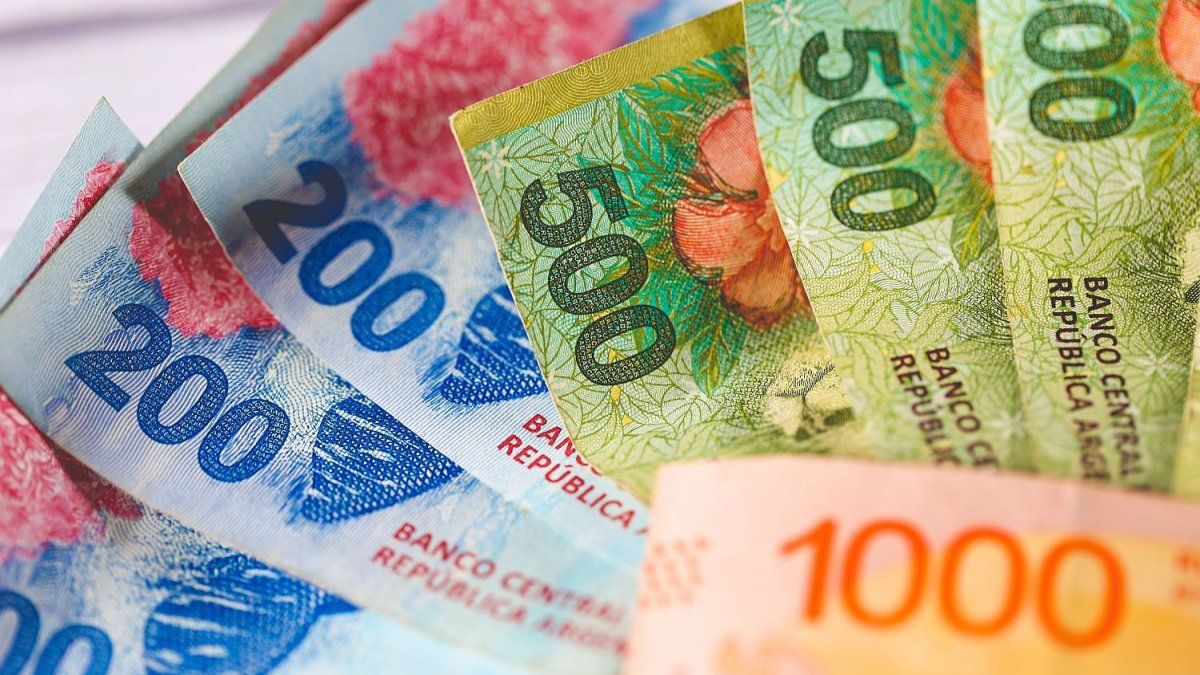Last Friday, the financial day began without apparent shocks. Great news were not expected, and the publication of the February CPI, although slightly projected higher than the previous month, did not generate alarm in the market. Meanwhile, global markets maintained high volatility since the arrival of Donald Trump to the presidency of the United States, and in Argentina, structural problems remained the usual.
However, as the day progressed, signs of voltage in the gear market. The pressure on contracts future dollar It increased significantly, accompanied by an unusually high volume in the official market. For bank closure, at 15 hours, the volume operated in the gear market had more than tripled with respect to the usual levels. The signal was clear: the Central Bank of the Argentine Republic (BCRA) had had a complicated day.
Indeed, during the day, some financial agents – perhaps with privileged information – began to demand dollars both in the cash and futures market. As a result, the BCRA ended up selling US $ 474 million, marking the second largest daily intervention of the management of Javier Milei. Unlike the record sale of US $ 599 million last December, this time there was no clear and immediate explanation. On that occasion, the monetary authority had quickly clarified that the sales peak was due to payments postponed from imports from the automotive sector that you had postponed to the elimination of the country tax. Now, before market consultations, the only official response was that it was “accommodations of positions of some banks.”
The question was installed: was it an isolated episode or the beginning of a trend? To respond, market behavior had to be observed in the following days. Since the second semester of 2024, the BCRA had become a net currency buyer thanks to “Carry Trade “ and the money laundering. Although it did not achieve a sustained accumulation of reserves, month by month it closed with a positive balance in the change market. The last time he had registered net sales had been in July 2024, for US $ 138 million. Since then, the trend had been shopping, reaching a maximum of US $ 1,948 million in February this year.
The unexpected sale of the BCRA, the monetary authority registered a negative balance, this time of US $ 56 million. On Tuesday were another US $215 million and Wednesday, US $ 186 million. In total, US $ 931 million sold in just four days, an unprecedented level in this management. Something had changed.
That change was evident on Tuesday, when the Minister of Economy, Luis Caputoa news channel granted an interview. Consulted by the journalist about an eventual change in the exchange regime after the agreement with the IMF, the minister did not denied the possibility. “That is part of the agreement and I can’t say it. What I can is to leave people calm: whatever we do will not affect people”he replied. With those words, Caputo left the door open to a turn in exchange policy. One of the three anchors of the government, the exchange, seemed to weaken.
Since the beginning of Milei management, the exchange strategy had been clear: a Crawling PEG of 2% monthly as a central tool to stabilize the economy, implemented even before fiscal and monetary anchors. Although the market initially doubted its sustainability, the government managed to sustain it, although it implied a real appreciation of the exchange rate. In February, even the 1% monthly crawling was reduced with the aim of continuing to moderate inflation until it reaches zero and, eventually, lift the exchange rate.
However, Minister Caputo’s statements generated greater uncertainty. It is not the eventual regime change that worries the market, but the lack of clarity about which model will replace it. The options are several: from an exchange unification to a band scheme, such as the one implemented in 2018 under the presidency of Guido Sandleris in the BCRA. Without concrete details, the market opts for prudence and seeks coverage.
The sustained demand for dollars in the official market, which has forced the BCRA to sell reservations, reflects a change in trend probably driven by the disarmament of Carry Trade operations. These operations, which consist of taking advantage of the difference in rates between pesos and dollars, are usually closed with a currency demand, either to cancel dollars in dollars that were converted to pesos or so that importers regularize previously postponed payments taking advantage of the rates in local currency.
On this occasion, instability does not come from the financial dollar market, but from the official market. The possibility of a change in the exchange regime, combined with the lack of a clear communicational strategy by the government, has generated a mismatch in market expectations. They did not prepare the market for a possible regime change, they did not have an argument to support it and to worse the news leaked. Now, the approval of the DNU that enables the government to make a new agreement with the IMF could bring temporary relief, but as long as details about the new scheme that will be implemented, the market will continue to sail in turbulent waters.
Economist
Source: Ambito
I am a 24-year-old writer and journalist who has been working in the news industry for the past two years. I write primarily about market news, so if you’re looking for insights into what’s going on in the stock market or economic indicators, you’ve come to the right place. I also dabble in writing articles on lifestyle trends and pop culture news.




